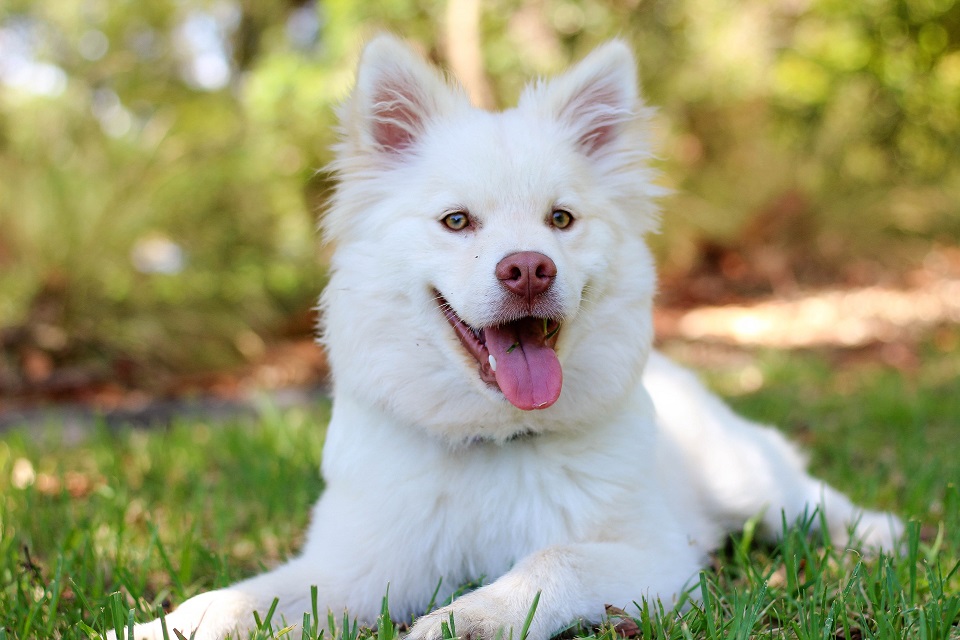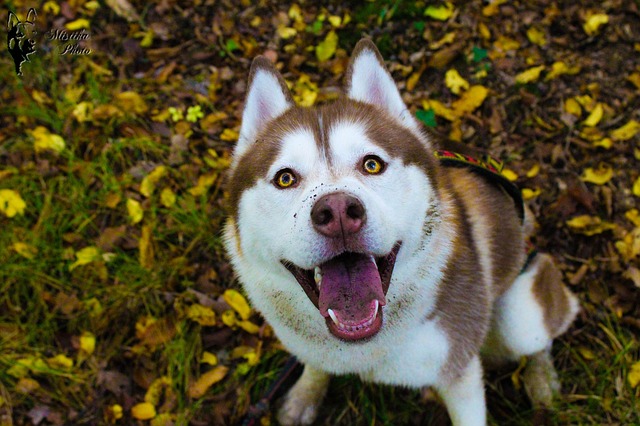We all know, or have heard from someone, that dogs and chocolate do not mix. However, we don’t often ask the question “why can’t dogs eat chocolate?” Although chocolate is a delicious treat for humans, our canine companions do not process chocolate as well as we do. As a result, chocolate can present a number of risks to dogs of all shapes and sizes.
Want to find out why chocolate can be so hazardous to dogs? We take a look below at why chocolate can be so dangerous to dogs, and what you can do if your dog eats chocolate.
Related: Caramel – Is it Safe to Share with Your Dog?
Why is chocolate bad for dogs?
The reason dogs and chocolate don’t mix is due to a compound that chocolate contains. Although humans can process theobromine without much difficulty, this compound can be tough for dogs to digest. Thus, the presence of theobromine in a dog’s system can be problematic.
Although theobromine can be toxic to dogs, the toxicity varies depending on a few factors.
Remember, every dog is unique. As a result, a dog’s shape and size will dictate how unwell they may become from eating chocolate. For example, a smaller dog may be a higher risk of chocolate poisoning than a larger dog. This is because, in theory, a smaller dog would only need to eat a smaller quantity of chocolate to become unwell.
The type of chocolate also influences its toxicity. The level of theobromine present in, for example, milk chocolate, will differ to how much theobromine is in dark or white chocolate. As a rule of thumb, assume that darker chocolate has a higher level of theobromine.
Finally, the actual quantity of chocolate consumed will have an impact on how toxic the chocolate is for the dog. Understandably, the smaller the amount of chocolate eaten should present a reduced risk of poisoning compared to eating a much more significant amount of chocolate.
There are so many factors that can influence how toxic chocolate can be to dogs. As a result, it’s hard to say at which point too much chocolate could prove fatal for any dog that has eaten chocolate. It’s always better to be safe than sorry, so ensuring your dog has no access to chocolate is the best way to keep them safe.
Dogs and chocolate: symptoms to watch out for
Every dog will react to chocolate differently. If a dog consumes chocolate, then they may experience a variety of symptoms. Equally, a dog may show no signs of chocolate poisoning, even if they have eaten some. It all comes down to the individual dog and how much chocolate they’ve had.
In small quantities, the symptoms of chocolate consumption may not be too severe, and the dog may only experience vomiting or an upset stomach. However, in large amounts, these symptoms can be more severe. Some of the symptoms a dog may experience include:
- hyperactivity
- irritability
- increased heart rate
- tremors
- heart attacks
- death
The severity of the reaction will likely differ depending on the size of the dog. Generally, symptoms tend to present within a few hours of consuming chocolate, but they may show anytime within 24 hours of ingesting chocolate.
Image CC BY 2.0, by Ilmicrofono Oggiono, via Flickr
What should I do if my dog ate chocolate?
Again, dogs and chocolate do not mix. If your dog has eaten chocolate, regardless of whether they are showing symptoms of chocolate poisoning, you should contact your local vet for advice as soon as possible.
However, if you have a small dog, a dog that has eaten a significant amount of chocolate, or your dog is showing severe symptoms, it’s safer to drive straight to your vet.
You can also go online and use a dogs and chocolate toxicity calculator, which indicates how toxic the type and amount of chocolate is for your dog. This should not be used as a substitute for seeking help from your vet.
If your dog ate the chocolate recently (i.e., within the last few hours) then making your dog vomit is one way of treating their condition. Your vet can assist with this. More severe cases may require more intensive care by a vet, and a stay overnight at the vet may be on the cards.
Unfortunately, there is no cure for chocolate poisoning in dogs, so it’s vital that any dog that eats chocolate gets the treatment they need right away. Equally, prevention is better than cure, so it is best to try and create a chocolate-free environment for your dog. This may mean being more vigilant at certain times of the year when our chocolate consumption is generally higher, like around the holidays.
Keep some treats on hand
A good idea to keep your doggo from going after the chocolate is by keeping treats on hand. This will be especially helpful during the holidays when there is an abundance of food around that is not good for them. When your dog looks like he wants to help himself to the food, give him one of his treats. Make sure that you buy his favorite treats though or maybe dog bones that will take him awhile to eat. My pomeranian-chihuahua mix loves those bacon flavored treats. Whenever he is begging for human food, I give him half of a bacon treat and he chills out.
This won’t solve all of your problems, but it will be helpful. You can also use the treats to train him not to touch the candy dishes. A local dog trainer can show you how to do this. Or you can even find videos online to help you out.
This video shows you the basics of how to train your pooch to leave it:
Dogs and Chocolate Do Not Mix
Image: CC0, by taiko_husky, via Pixabay
I know, I’ve said that a lot, but the point needs be drilled into the brains of all dog owners. All forms of chocolate can be toxic to dogs. As a rule of thumb, darker chocolates tend to contain the highest levels of theobromine. However, the fact is that no dog can be entirely safe from chocolate poisoning.
Generally, the severity of chocolate poisoning in a dog will depend on a number of factors. The main issues to consider are the amount of chocolate consumed, the type of chocolate, and the dog’s size. A smaller dog will feel the impact of chocolate poisoning more acutely than a larger dog that has eaten the same quantity and type of chocolate.
If your canine friend did decide dogs and chocolate mix, your best bet is to call the vet for advice on what to do next. However, if your dog has eaten a lot of chocolate, or is a particularly small dog, it may be best to drive straight to the vet in case immediate treatment is needed.
The best way to protect your dog is to ensure that they are kept well away from chocolate. Overall, prevention is better than cure and will lead to a happier canine companion.









